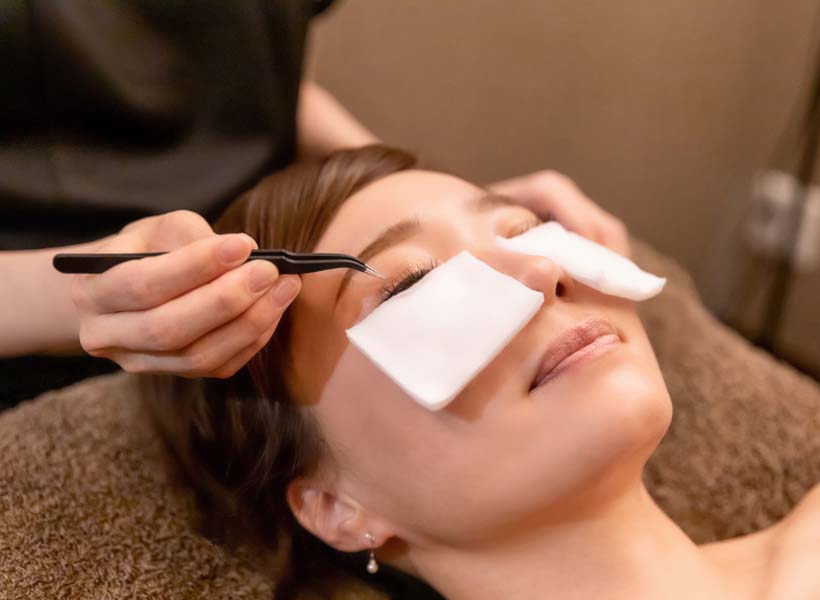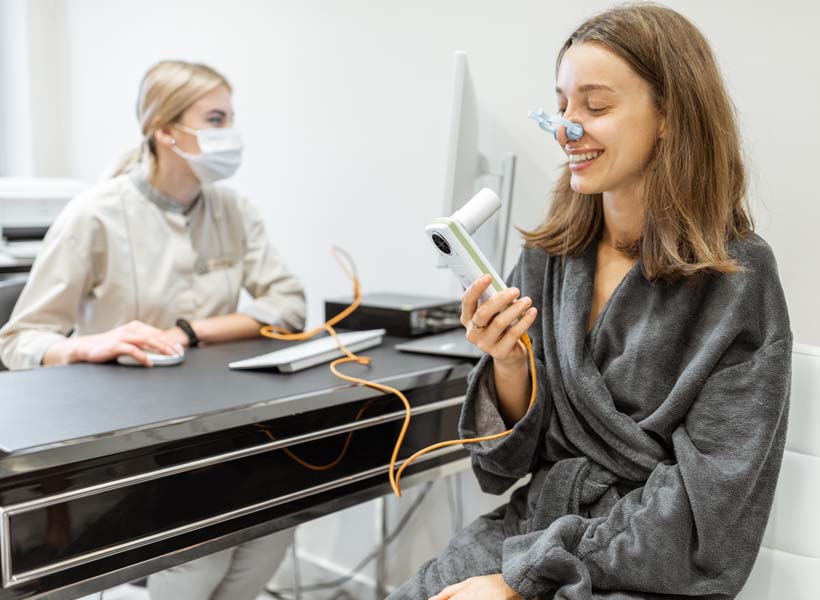Launch 2026 ...






Cover images: rh2010, buritora, Monet, WavebreakmediaMicro, stock.adobe.com
A successful med-spa website offering medical care must be visually appealing, user-friendly, and informative to attract visitors and convert them into customers. High-quality photos, graphics, clear navigation, service-specific content, appointment booking options, and compelling calls to action are other key elements. To build or maintain trust and credibility, it's also important to pay attention to local SEO, mobile-friendliness, patient testimonials, and reputation management. Here's a more detailed list for a compelling online presence:
High-quality images are crucial for med-spa websites, as they significantly influence visual appeal, brand representation, and user engagement, ultimately influencing purchase decisions and trust among potential customers. Clear, well-lit, and professional images create a positive first impression, convey the spa's ambiance and services, and build trust and credibility.
For med-spa websites, a color scheme with calm and soothing tones is essential. Soft shades of blue, green, and lavender are ideal, as they evoke feelings of calm, peace, and well-being, reflecting the relaxation clients desire. These colors can be complemented with neutral tones such as white, off-white, and light gray to ensure a clean and minimalist aesthetic.
A clean and modern design for med-spa websites is crucial for conveying professionalism, trustworthiness, and a relaxed atmosphere, thus attracting potential customers. It contributes to a positive first impression that reflects the spa's brand and the pleasant experience. A well-designed website with a clean and modern aesthetic immediately conveys professionalism and attention to detail, leaving a strong first impression with potential customers. It can also signal that the spa is up-to-date and values its online presence.
Intuitive navigation for med-spa websites aims to create a seamless and user-friendly experience that allows visitors to find information about services, book appointments, and explore the spa's offerings. Key elements include: clear and concise labels, logical hierarchy, consistent navigation, visual cues and feedback, mobile responsiveness, search functionality, breadcrumbs, and user-centered design.
A mobile-friendly design for a med-spa website is crucial, as most users access the internet via mobile devices (Google Mobile First). Your website must therefore adapt to different screen sizes and provide a seamless user experience on smartphones and tablets. A mobile-friendly design not only improves the user experience but also improves SEO and helps your spa rank higher in search results.
To achieve fast loading times for a med-spa website, especially a single-page application (SPA), focus on optimizing assets, minimizing HTTP requests, and implementing caching strategies. Aim for a load time of under 3 seconds, ideally under 2 seconds for an optimal user experience.
On spa websites, service-specific pages should provide detailed information about each treatment, including descriptions, benefits, pricing, and booking options, with clear calls to action. These pages should also be optimized for GEO, SEO and E-E-A-T (Experience, Expertise, Authoritativeness, and Trustworthiness) to maximize the quality and reliability of your website's ranking with Google.
An "About Us" content for a med-spa website should convey the spa's unique identity and philosophy, build trust with potential clients, and encourage them to book a treatment. It should highlight the spa's unique features, introduce the staff, and clearly state the spa's mission and values.
Nothing speaks more to the effectiveness of your treatments than real, visible results. A direct comparison demonstrates this much more clearly than words. With your client's consent, before and after photos are an excellent way to showcase your work, build social proof, and convert prospects into paying customers. And that's not all, of course. Photos are also an important part of solid documentation.
Testimonials and reviews on med-spa websites highlight positive client experiences and emphasize professionalism, expertise, and results. They serve as social proof and build trust with potential clients. These testimonials often praise the staff's knowledge, friendliness, and ability to make clients feel comfortable and relaxed. Specific examples include positive feedback on treatments such as Botox, facials, and CoolSculpting, as well as overall satisfaction with the spa atmosphere and customer service.
A good FAQ section for a med-spa website should answer frequently asked questions about services, treatments, and the med spa itself to help potential clients make an informed decision and feel more comfortable. It should cover topics such as the difference between a med spa and a traditional spa, the treatments offered, pricing, expectations during and after treatments, cancellation policies, and booking appointments.
Med-spa websites benefit from blog content that informs potential customers, establishes the spa as a trustworthy institution, and increases traffic to the website. Blog articles can cover topics such as skincare tips, treatment comparisons, FAQs, and the latest med spa trends. With informative and engaging content, med spas can attract new customers and convert them into paying clients.
Clear and relevant calls to action (CTAs) are essential for med-spa websites to guide potential customers to desired actions, such as booking consultations or appointments. Effective CTAs are eye-catching, use clear and concise language, and are strategically placed throughout the website. Below is an overview of effective CTA strategies for medspa websites:
Med-spa's must make their contact information easily accessible on their websites. This typically includes a phone number, email address, mailing address (if available), and social media profiles. Many also offer a contact form for inquiries, as well as online booking and appointment scheduling options.
Author: Joe Kessler, NEXTGen Technology Advisory & Consulting, LinkedIn
